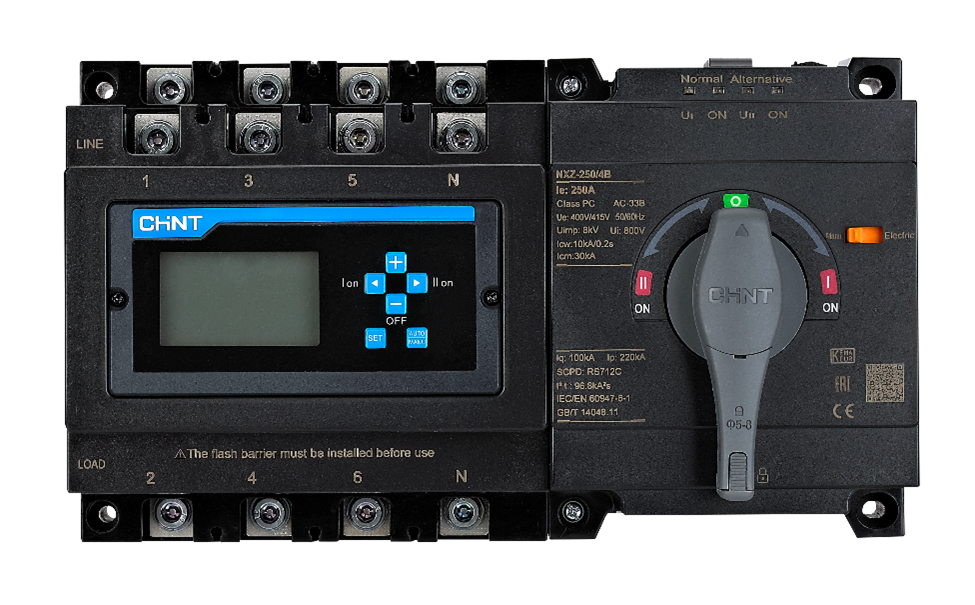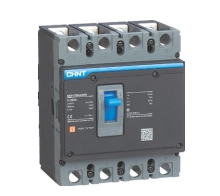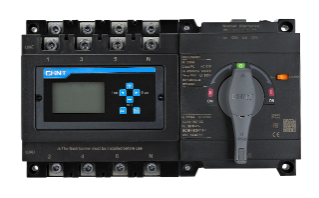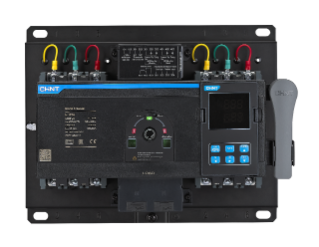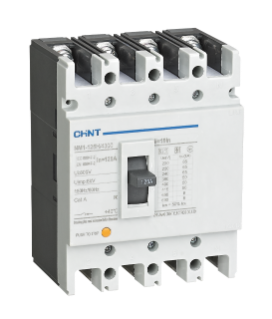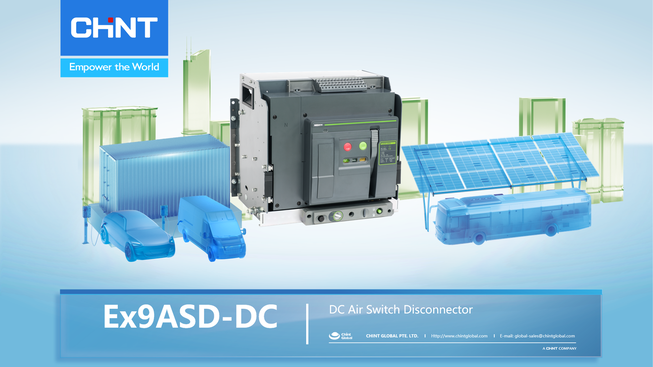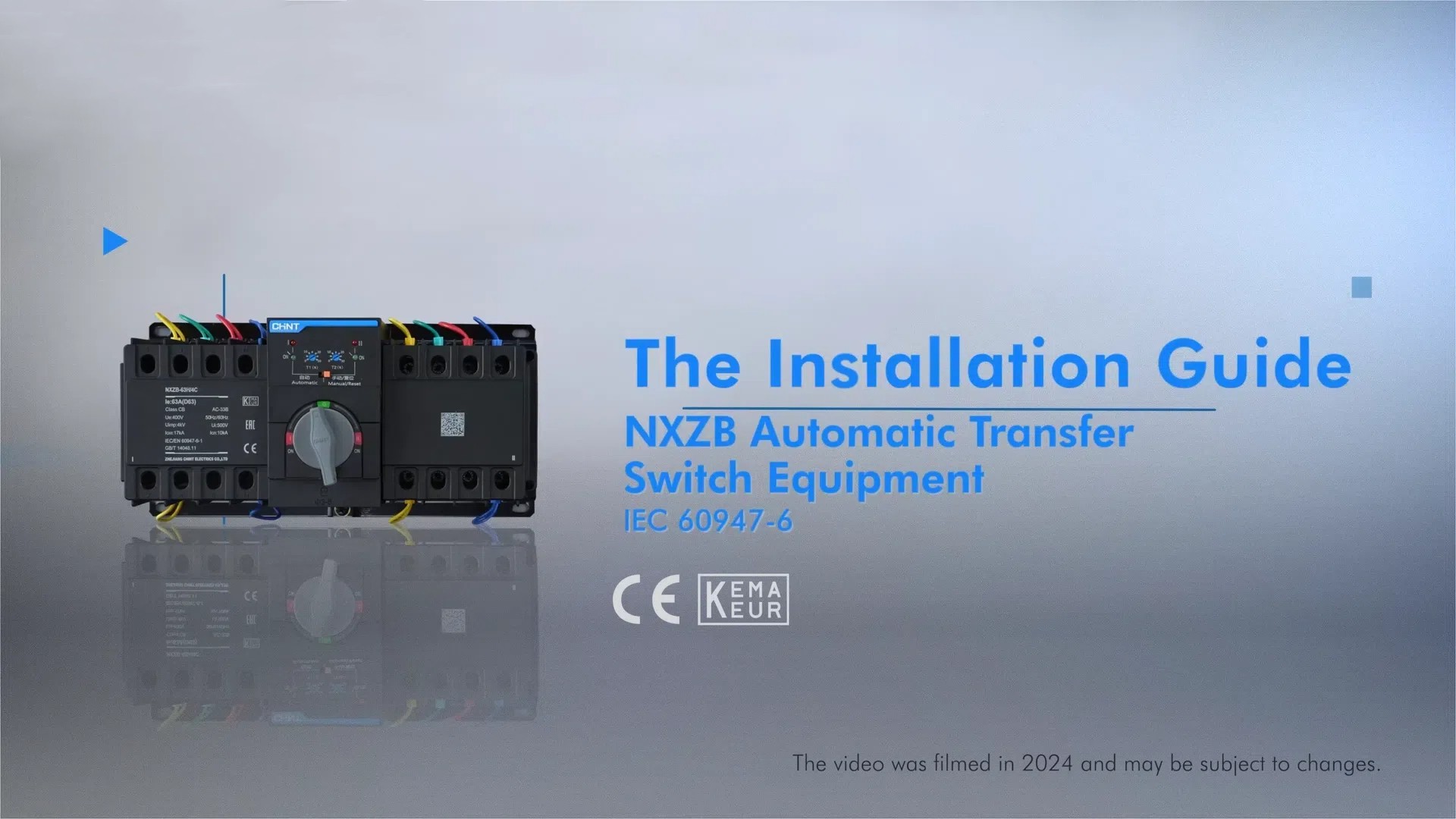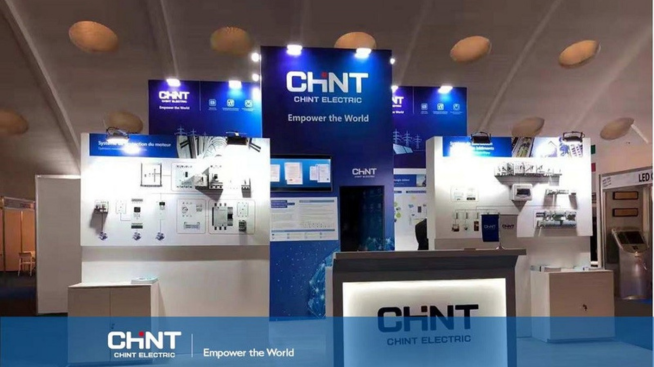An Automatic Transfer Switch is a critical power management device. It monitors the main power supply continuously. It automatically switches to a backup power source in case of a power failure. This function is essential for ensuring uninterrupted power supply to critical loads. ATS systems are essential in various applications. They protect sensitive equipment and maintain operations during power outages. This article explores ATS basics, types, applications, performance indicators, and more.
Basic Principles of ATS
How does an automatic transfer switch work? ATS devices operate on advanced control mechanisms. They ensure seamless power transfer between different sources. Let’s examine the key aspects of ATS automatic transfer switch operation.
Key Components
The ATS consists of several essential parts working together. The following components illustrate how an automatic transfer switch functions:
- Main Control Unit: It monitors power sources and manages switching operations.
- Power Contacts: These handle the physical connection between power sources.
- Voltage Sensors: These sensors detect power quality and availability.
- Transfer Mechanism: It executes the actual switching process.
- Status Indicators: These show current operating conditions.
- Protection Circuits: These components prevent damage from electrical faults.
Switching Mechanism
How does an automatic transfer switch work at the base level? The ATS automatic transfer switch constantly monitors the main power supply parameters. It checks voltage levels, frequency, and phase angle. When it detects issues with the main supply, it initiates the transfer sequence. The system disconnects from the main supply first and then it connects to the backup source. This process happens quickly to minimize power interruption.
Types of ATS
Different applications require different types of automatic transfer switch. Each ATS type is designed for specific operational requirements. The classification depends on various factors like application, control method, and load requirements.
Application-Based Classification
Static ATS uses solid-state switching devices. It offers faster transfer speeds. Dynamic ATS employs mechanical switches. It provides better isolation between sources.
Control-Based Classification
Manual Control ATS requires human intervention for switching. Automatic Control ATS operates independently. These types of automatic transfer switch power sources are based on pre-set parameters.
Load-Based Classification
Single-phase ATS handles single-phase power systems. Three-phase ATS manages three-phase power distribution. Each changeover switch type is designed for specific voltage and current ratings.
Application Scenarios
ATS automatic transfer switch systems play key roles across various sectors. The following are some major use cases:
Industrial Applications
Manufacturing facilities rely heavily on ATS systems. They prevent production line shutdowns. This saves costs from lost production time. Automatic changeover switch ensures smooth and continuous operation of critical machinery.
Commercial Applications
Office buildings use ATS to protect essential equipment. They protect computers and security systems. Automatic transfer switch devices prevent data loss and help maintain essential functions such as communications, security, and computing infrastructure.
Data Centers
Data centers cannot tolerate power interruptions. ATS provides instant switching to backup power. This protects servers and networking devices from sudden shutdowns. It maintains data integrity and service availability.
Healthcare Facilities
Hospitals depend on reliable power supply. ATS protects life-support systems and medical equipment. It ensures continuous operation of critical care units. Patient safety relies on this seamless power transition.
Key Performance Indicators of ATS
Several factors determine ATS performance. These metrics help in selecting the right automatic transfer switch system:
Rated Current and Voltage
ATS selection must match system requirements. The ratings should handle maximum load current. They must also match the system voltage level.
Switching Time
Transfer speed directly impacts sensitive equipment, with slower transitions potentially causing malfunction or data loss. Faster switching prevents system disruptions. Modern types of automatic transfer switch offer transfer times under 100 milliseconds.
Electrical and Mechanical Life
Regular switching affects ATS longevity. Quality units maintain performance over many cycles. Regular maintenance extends operational life.
Electromagnetic Compatibility (EMC)
ATS must operate without causing interference. EMC compliance is necessary to ensure reliable operation. It protects nearby electronic equipment.
Product Highlight: CHINT NXZ Series Automatic Transfer Switches
The CHINT NXZ Series Automatic Transfer Switches are engineered to deliver reliable and intelligent power switching solutions for modern power distribution systems. These ATS solutions are designed for three-phase four-wire power systems. They efficiently handle various voltage and current requirements. Some of their key characteristics include:
- Continuous power source monitoring with reliable power switching through precise parameter detection
- Suitable for industrial, commercial, and residential installations
- Engineered for extreme environmental conditions
- Tested for extended mechanical and electrical life
- Built-in protections against various electrical faults
- User-friendly CHINT ATS design with simple mounting options
- Compliance with international standards including CB, CE, and KEMA
Conclusion
ATS systems are crucial for modern power distribution networks. They provide reliable power-switching capabilities. Their role in maintaining continuous operations is invaluable. From healthcare to industrial applications, ATS ensures smooth power transitions. The CHINT NXZ Series exemplifies high-performance ATS technology, offering fast, accurate, and reliable power transitions that uphold system continuity and operational security.
With a focus on long-term durability, advanced control, and international compliance, CHINT provides power infrastructure solutions tailored to the needs of modern electrical systems. For a detailed overview of CHINT’s product offerings, please refer to the official website.
If you have any questions or need further assistance, don't hesitate to reach out to us.




